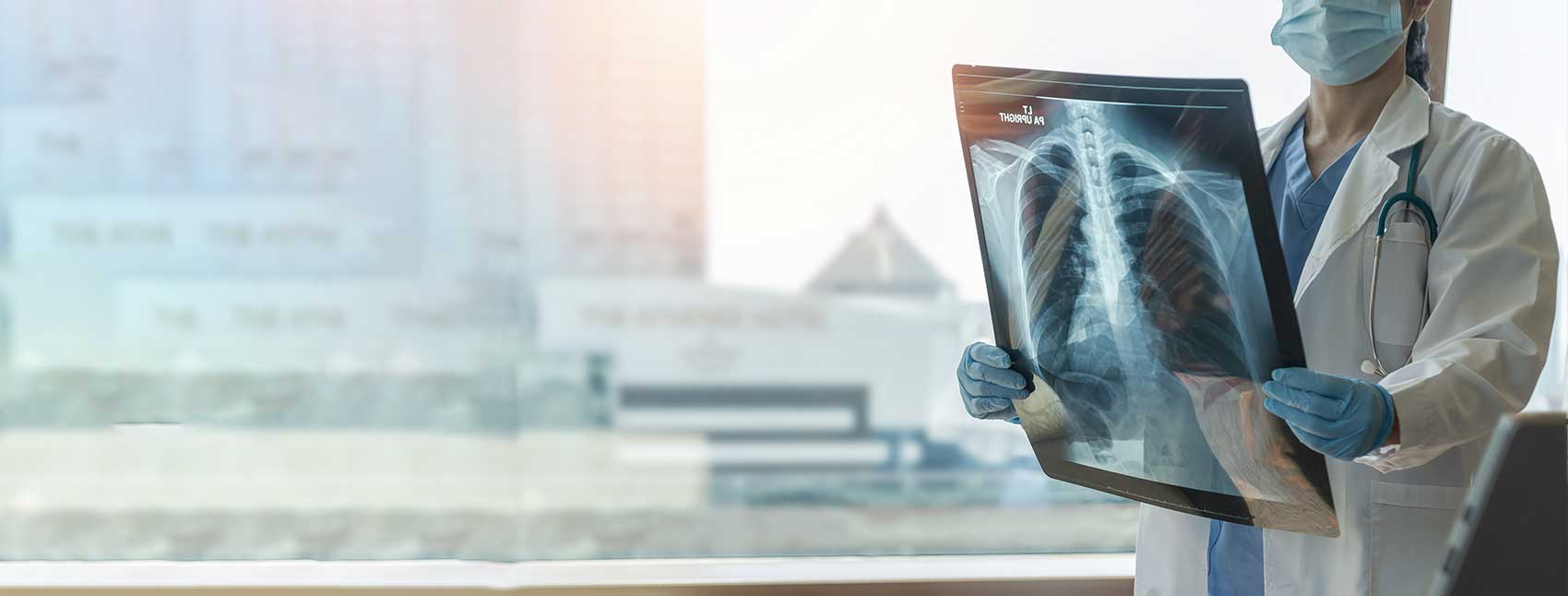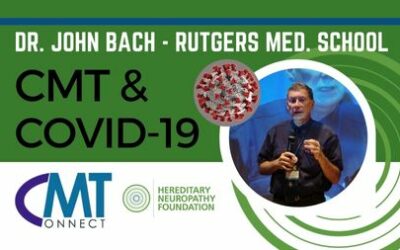Respiratory Dysfunction and CMT
Though Charcot-Marie-Tooth is rarely fatal, respiratory complications are one of the ways it is possible to die from CMT. Unfortunately, medical professionals can tend to be unaware of the effect of CMT on the respiratory muscles, diaphragm and lungs.
Neuromuscular disease such as CMT can cause Restrictive Lung Disease (RLD).
When a patient is having respiratory problems due to neuromuscular disease (NMD), the issue is muscle strength or control. The lungs are rarely directly damaged or obstructed by these conditions; rather, poor muscle strength or control causes shallow breathing. Over time, without intervention, the lung function and capacity is decreased, or restricted.
The symptoms generally begin to be noticeable at night, because the weakened diaphragm is being pressed on by the contents of the abdomen and the chest can’t expand fully while lying flat. When breathing shallowly at night, the carbon dioxide in the lungs isn’t being exhaled completely, and it begins to build up in the blood (hypercapnia).
The first signs of respiratory dysfunction can include:
Headaches
Fatigue
Difficulty concentrating
Difficulty staying awake during the day
Restless sleep
It is best to find a pulmonologist who is trained to manage patients with neuromuscular diseases. Not all of them understand the unique needs of RLD due to NMD, so it’s best to get a recommendation from an HNF Center of Excellence.
Research Publication:
Phrenic nerve involvement and respiratory muscle weakness
Research Publication:
Evaluation of Respiratory Muscle Strength and Pulmonary Function
Research Publication:
Disorders of pulmonary function, sleep, and the upper airway
A pulmonologist can order diagnostic testing that includes: fluoroscopy, pulmonary function tests (seated AND lying down / supine), and, if necessary, a sleep study.
The results of these tests will determine the need for non-invasive ventilation (NIV). This can be used for nighttime-only, occasional daytime or 24/7 ventilation requirements.
Important language to share with your pulmonologist:
Recognizing that there is nothing that directly measures ‘effort’ or ‘depth’ of breathing on the sleep study, the method of treatment for people with neuromuscular disease whose principal problem is inspiratory muscle weakness, as opposed to obstructive apneas and hypopneas, should be BiPap (bilevel positive airway pressure) or NPPV (noninvasive intermittent positive pressure ventilation). Both offer different levels of support to aid inhalation with higher pressure, and relieve exhalation against a slightly lower pressure. This is unlike CPAP (continuous positive airway pressure) which acts like a pneumatic splint to keep the airways open but does not assist weak respiratory muscles.
*Warning:
People with RLD need to be very cautious when receiving supplemental oxygen. With supplemental oxygen, the higher levels of O2 in the blood trick the respiratory center in the brain into thinking the breathing is deeper than it really is. The brain then decides it’s safe to take it easy and put less effort into breathing. Extra carbon dioxide will quickly build up to dangerous levels, eventually overwhelming the oxygen being carried by the blood. It is important to communicate the need for ventilation if supplemental oxygen is given.
CMT GRIN Stats
Did you know?
Respiratory Dysfunction
%
Yes
%
No
COVID19 & CMT
Join the HNF team as we navigate critical information on the COVID-19 as it pertains to the CMT community, especially those who live with existing respiratory weakness
Breathing Problems? What Do They Mean, Breathing Problems?
Though CMT is rarely fatal, respiratory complications are one of the ways it’s possible to die from CMT.
Lung function and breathing issues with Charcot-Marie-Tooth
HNF wants to help our Inspire members get answers to questions related to Charcot-Marie-Tooth.





